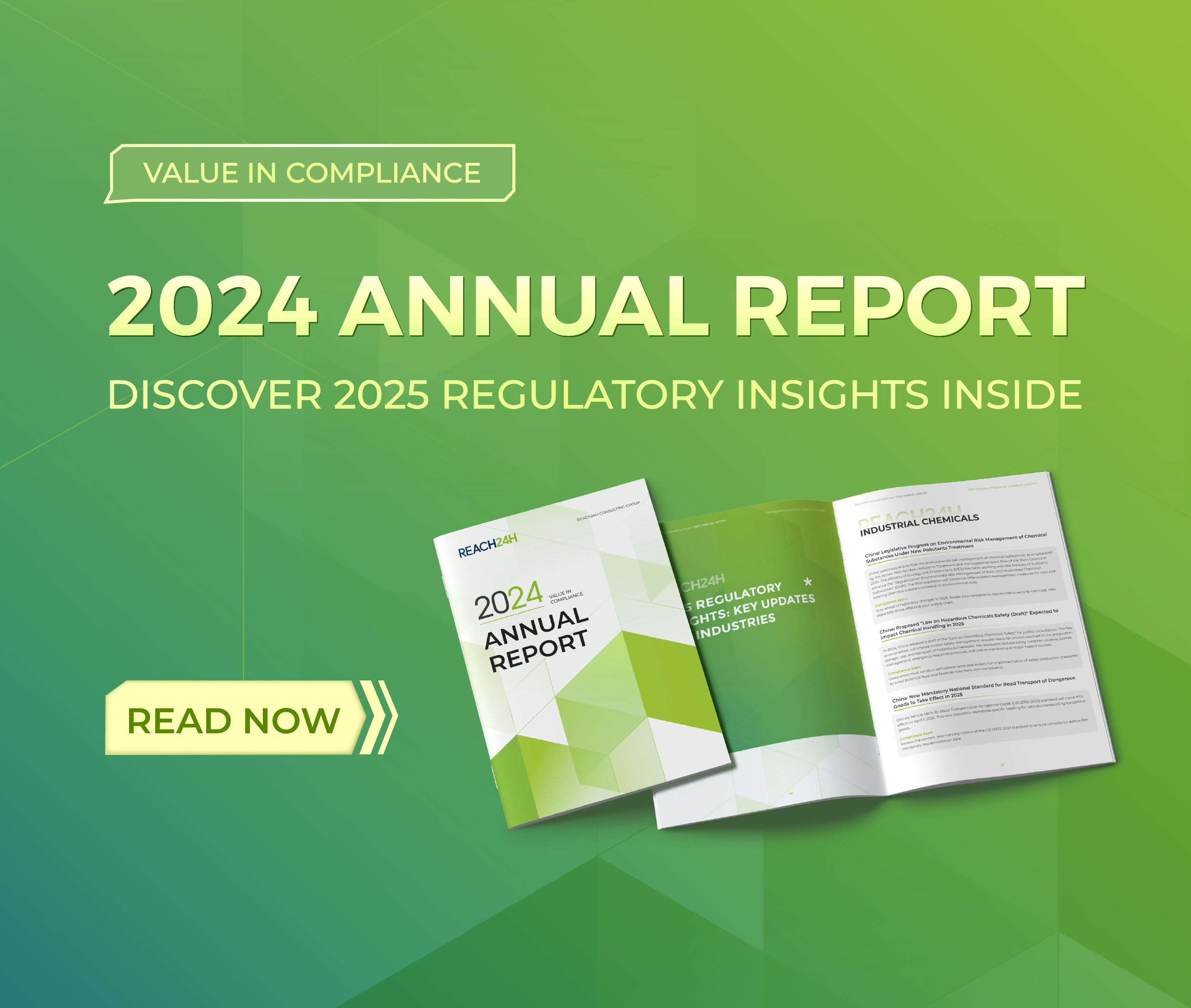SFDA to Approve another 4 Testing Institutions for Cosmetics
Pursuant to Article 3 of Measures for Qualification of Cosmetic Administrative Licensing Testing Institutions, there are two types of institutions:
- hygiene safety testing institution to perform all microbiological, hygienic chemical and toxicological tests;
- human safety testing institutions to conduct human safety tests (including human skin patch test and using test) and cosmetic sunscreens efficacy test.
According to the announcement No. 18 and No. 86 of 2011, last year saw 17 units in total approved as hygiene safety testing institutions and 6 units as human safety testing institutions. The new four units are incorporated into the first type.
Every unit bears a unique serial number. SFDA will supervise the testing quality by requiring monthly and annual reports from institutions, in addition to non-scheduled on-site inspections.
- Table 1: List of SFDA-approved testing institutions for cosmetics
- Table 2: Compulsory testing items of hygiene safety testing institutions
- Table 3: Optional testing items of hygiene safety testing institutions
- Table 4: Testing items of human safety testing institutions
Table 1: List of SFDA-approved testing institutions for cosmetics
Table 2: Compulsory testing items of hygiene safety testing institutions
| Testing Category | Compulsory Testing Item |
| Microbiological | Aerobic bacterial count |
| Fecal coliforms | |
| Staphylococcus aureus | |
| Pseudomonas aeruginosa | |
| Molds and yeast count | |
| Hygienic chemical | Mercury |
| Arsenic | |
| Lead | |
| Methanol | |
| PH | |
| Formaldehyde | |
| Thioglycollic Acid | |
| Hydroquinone and Phenol | |
| Chlormethine and Cantharidin | |
| Sexual Hormones | |
| UV filters | |
| Oxidative Hair Dyes | |
| α-Hydroxy Acid | |
| Antidandruff agent | |
| Antibiotics | |
| Toxicological | Acute oral toxicity test |
| Acute dermal toxicity test | |
| Skin irritation/corrosion test | |
| Eye irritation/corrosion test | |
| Skin sensitization test | |
| Skin phototoxicity test | |
| Salmonella typhimurium/reverse mutation assay | |
| In Vitro Mammalian Cells Chromosome Aberration Test | |
| In Vitro Mammalian Cell Gene Mutation Test |
Table 3: Optional testing items of hygiene safety testing institutions
| Testing Category | Optional Testing Item |
| Hygienic chemical | Anti UVA parameter-critical wavelength |
| Free Hydroxide | |
| Cadmium | |
| Total Selenium | |
| Boric Acid and Borate | |
| Selenium Disulfide | |
| Preservatives | |
| Vitamin D2, Vitamin D3 | |
| Dissolvable zinc salt | |
| Toxicological | In Vivo Mammalian Bone Marrow Cell Chromosome Aberration Test |
| Mammalian Erythrocyte Micronucleus Test | |
| Testicle Cells Chromosome Aberration Test | |
| Subchronic Oral Toxicity Test | |
| Subchronic Dermal Toxicity Test | |
| Teratogenicity Test | |
| Combined Chronic Toxicity/Carcinogenicity Test | |
| Metabolic toxicity test |
Table 4: Testing items of human safety testing institutions
| Testing Category | Testing Item |
| Human safety test | Human Skin Patch Test |
| Safety Evaluation of Using Tests of Cosmetics on Human Body | |
| Tests in vivo of UV Protection Efficacy of Cosmetic Sunscreens | SPF test |
| PFA test | |
| Waterproof performance test |
This article is originally from Chemlinked, you may also visit the website for more information,http://chemlinked.com/en/


